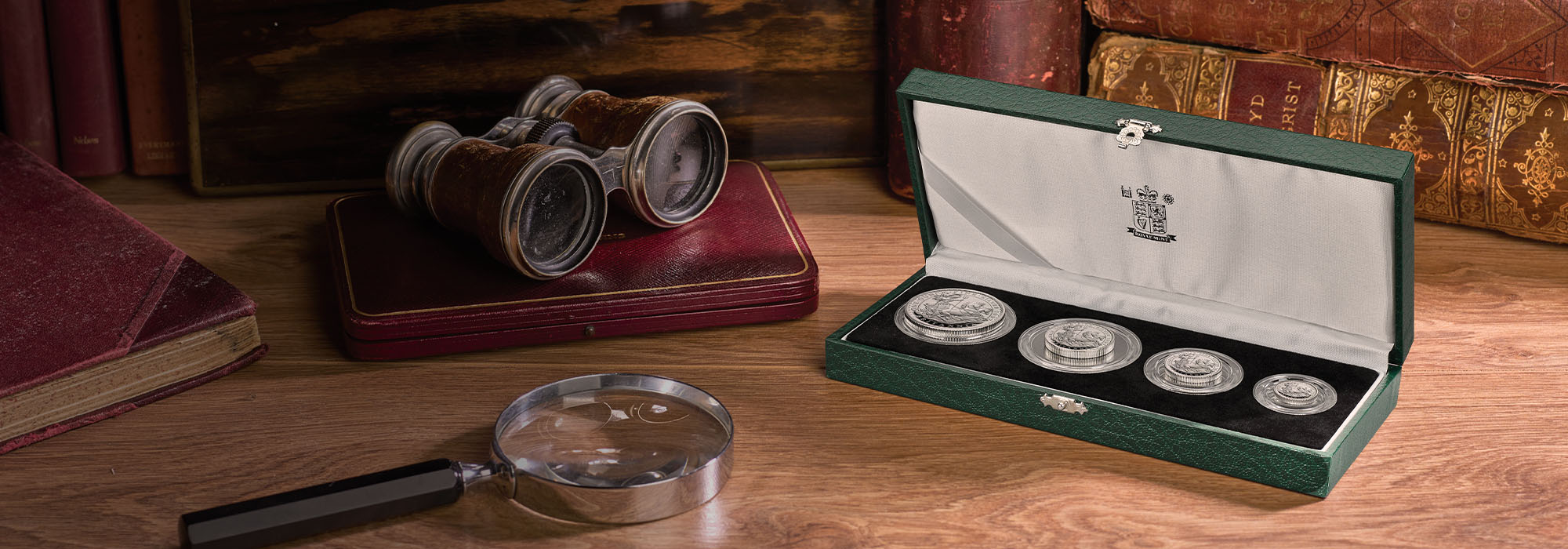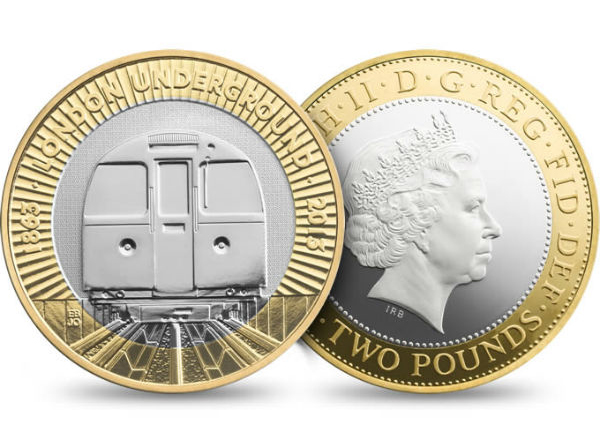
The British public give coins nicknames as if they are old friends.
Over the past few hundred years, many coins have taken on names that they were never originally supposed to have. Though many of these do not survive to the present day, we present to you a selection of our best attempts at referencing and researching the murky history of coin nicknames. Enjoy!
Old coin nicknames
Bender – A sixpence was known as a bender because due to its silver content it could be bent in the hands. This was commonly done to create ‘love tokens’, many of which survive in collections to this day. The value of a sixpence was also enough to get thoroughly inebriated as taverns would often allow you to drink all day for tuppence. This gave rise to the expression ‘Going on a bender’.
Bob – The subject of great debate, as the origins of this nickname are unclear although we do know that usage of bob for shilling dates back to the late 1700s. Brewer’s 1870 Dictionary of Phrase and Fable states that ‘bob’ could be derived from ‘Bawbee’, which was 16-19th century slang for a half-penny. ‘Bob’ was also used to refer to a set of changes rung on church bells, and this may have been the nickname’s origin as the word ‘shilling’ has its origins in the proto-Germanic word ‘skell’ which means ‘ring’.
Florin – The early florins took their name from coins first issued in Italy which became dominant trade coins across Western Europe. Edward III attempted to introduce a six shilling gold coin that would be suitable for trade with European super-powers of the time, but due to being underweight for their face value they were unsuitable as such and were quickly withdrawn.
Groat – also known as the fuppence, this large four penny coin was a mainstay of medieval money. The name comes from the Dutch ‘groot’ which means ‘great’ and is a reference to the coin’s size. The word entered the British lexicon in several expressions, most of which have now fallen out of use. The groat’s strong medieval association finds it commonly referred to in fantasy and historical literature.
Tanner – this alternative name for the sixpence probably dates from the early 1800s and seems to have its root in the Romany gypsy ‘tawno’ which means ‘small one’.
Thruppenny bit – also variously known as a Joey or a thruppence, this coin is still manufactured in very small numbers by The Royal Mint for inclusion in sets of Maundy Money.

Modern Names
Quid – an old nickname for the pound that has survived into modern British usage. Originally the name quid referred specifically to bank-notes but since the introduction of the pound coin that has changed.
Sov – a nickname for Sovereigns, and also sometimes applied to pound coins.
Nugget – a relative newcomer used to refer to pound coins but which may have been previously applied to Sovereigns.
Beer token – commonly used but often assigned specifically to the £2 coin, as when it was introduced a pint of beer in Britain commonly cost around £2.
International coin nicknames
</divNickel – This term became popular after 1866 when the content of the 5-cent piece was changed from silver and copper to copper and nickel, a cheaper metal.
Quarter – Spanish dollars circulated alongside US dollars for many years. Spanish dollars were divided into 8 “bits” and so the US government issued a 25¢ coin to help people give change. these coins were known as ‘quarters’ or ‘two bits’.
Loonies – The Canadian one dollar coin was introduced in 1987. It bears images of a common loon, a bird which is common and well known in Canada, on the reverse.
Toonies – The Canadian two dollar coin is unsurprisingly nicknamed the ‘Toonie’. (Thanks to reader Shuki Raz for this one!)
Pieces of eight – The ‘Pieces of eight’ was the 8-Reale coin, the Spanish silver dollar. This was perhaps the most widely used and universally accepted coin in the world during the past 300 years. An 8-Reale coin was so valuable that is was frequently cut into eight pieces! (Thanks to reader Geoffrey Gill for this description)
Two bits – From pieces of eight – a quarter of a Spanish dubloon. Still used in popular vernacular to this day e.g. ‘A two bit operation’.
The Aussie dollar – suggested names were the royal, austral, oz, boomer, roo, emu, kanga, kwid, digger & dinkum. (Thanks to the Perth Mint for these great names!)
Do you know of a coin nickname we have missed? Share your coin nicknames in the comments below
Discover great stories from history and how we're celebrating these moments within The Royal Mint
Read more
